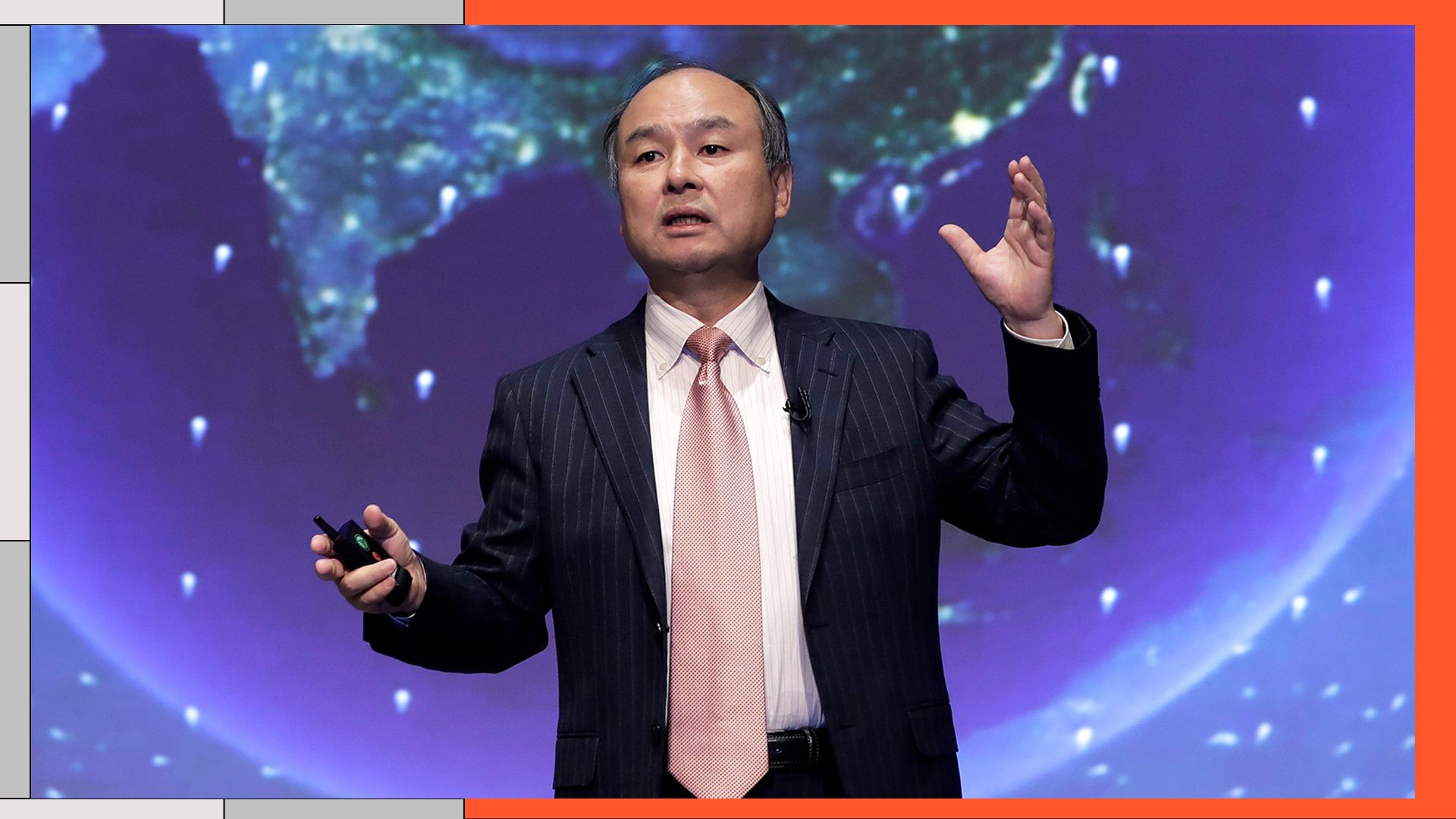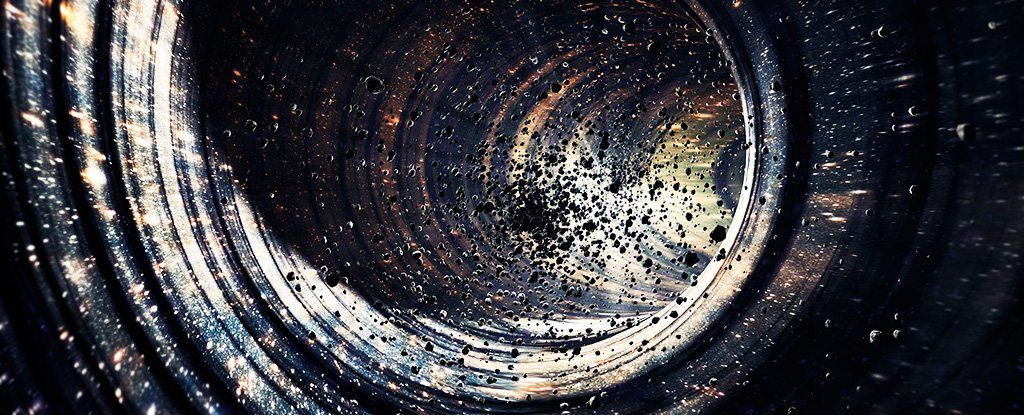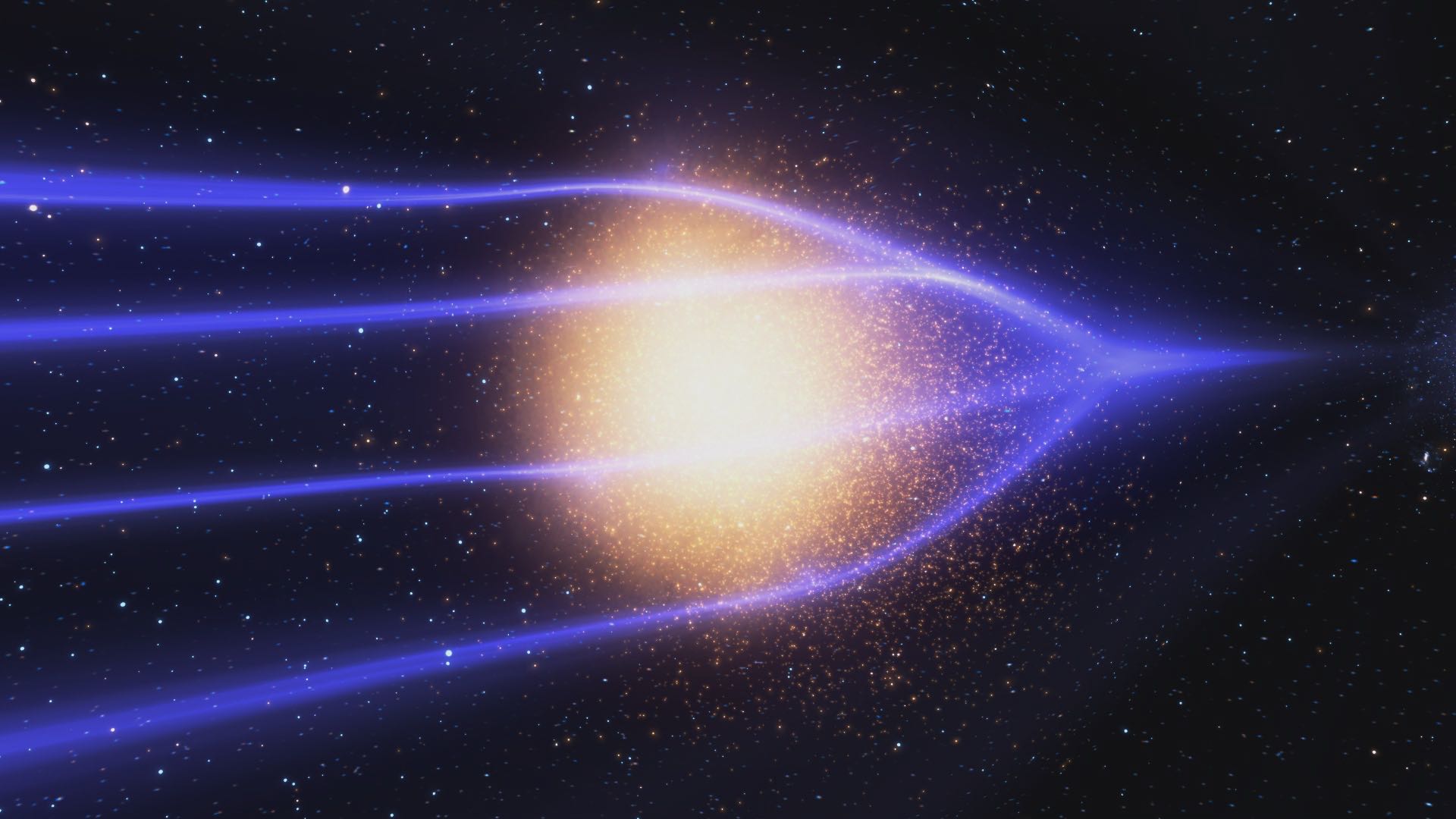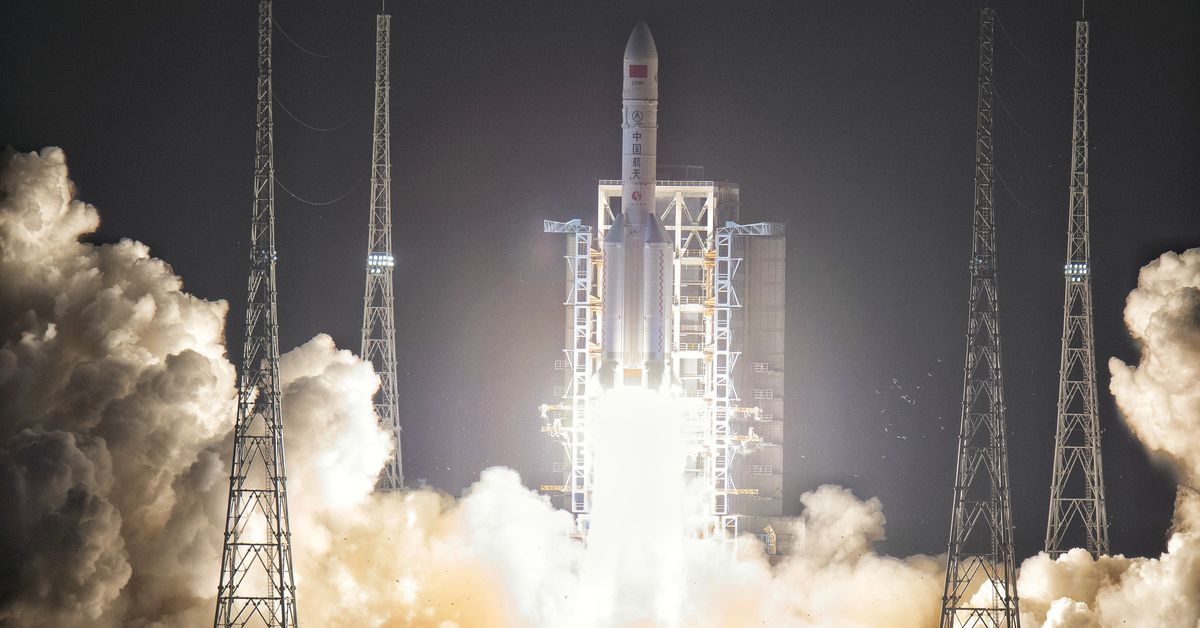Page 8897
May 31, 2018
ANA Holdings tips Y200m into spacecraft company
Posted by Klaus Baldauf in categories: robotics/AI, transportation
All Nippon Airways’ parent company ANA Holdings has made a Y200 million ($1.8 million) investment in commercial space flight company PD Aerospace.
The equity infusion, via a third-party allotment, comes on top of a Y20.4 million investment that the company made in October 2016.
“ANA is excited about the future of transportation and how PD Aerospace’s space technology will play an integral role,” says Yoshiaki Tsuda, vice-president of ANA Digital Design Lab. “We are increasing our support to help expedite the project’s timeline of testing and launching an unmanned spacecraft to an altitude of 100km.”
Continue reading “ANA Holdings tips Y200m into spacecraft company” »
May 31, 2018
A Forgotten Element Could Help Us Redefine The Way We Measure Time
Posted by Genevieve Klien in categories: particle physics, quantum physics, satellites
A rare earth element that doesn’t get much mention could become the key to upgrading atomic clocks to become even more accurate. This could help us explore space and track satellites, and even keep the world’s time zones in sync.
Atomic clocks use the oscillations of atoms under laser fire as a measurement of time, in the same way a grandfather clock uses the swing of a pendulum. They can lose less than a second over 50 million years, depending on the elements used — but scientists want even greater accuracy.
That’s where lutetium (Lu) comes in. It offers both a higher level of stability and a higher degree of precision than the caesium or rubidium of today’s atomic clocks, according to a team of researchers from the Centre for Quantum Technologies (CQT) in Singapore.
Continue reading “A Forgotten Element Could Help Us Redefine The Way We Measure Time” »
May 30, 2018
Gravity might be the next big renewable energy source
Posted by Shane Hinshaw in categories: energy, sustainability
May 30, 2018
Galaxy simulations are at last matching reality—and producing surprising insights into cosmic evolution
Posted by Genevieve Klien in categories: evolution, particle physics, space, supercomputing
In general, modelers attack the problem by breaking it into billions of bits, either by dividing space into a 3D grid of subvolumes or by parceling the mass of dark and ordinary matter into swarms of particles. The simulation then tracks the interactions among those elements while ticking through cosmic time in, say, million-year steps. The computations strain even the most powerful supercomputers. BlueTides, for example, runs on Blue Waters—a supercomputer at the University of Illinois in Urbana that can perform 13 quadrillion calculations per second. Merely loading the model consumes 90% of the computer’s available memory, Feng says.
For years such simulations produced galaxies that were too gassy, massive, and blobby. But computer power has increased, and, more important, models of the radiation-matter feedback have improved. Now, hydrodynamic simulations have begun to produce the right number of galaxies of the right masses and shapes—spiral disks, squat ellipticals, spherical dwarfs, and oddball irregulars—says Volker Springel, a cosmologist at the Heidelberg Institute for Theoretical Studies in Germany who worked on Millennium and leads the Illustris simulation. “Until recently, the simulation field struggled to make spiral galaxies,” he says. “It’s only in the last 5 years that we’ve shown that you can make them.”
The models now show that, like people, galaxies tend to go through distinct life stages, Hopkins says. When young, a galaxy roils with activity, as one merger after another stretches and contorts it, inducing spurts of star formation. After a few billion years, the galaxy tends to settle into a relatively placid and stable middle age. Later, it can even slip into senescence as it loses its gas and the ability make stars—a transition our Milky Way appears to be making now, Hopkins says. But the wild and violent turns of adolescence make the particular path of any galaxy hard to predict, he says.
May 30, 2018
Age-Related Changes to the Nuclear Membrane Alter Gene Expression
Posted by Manuel Canovas Lechuga in categories: biotech/medical, life extension, neuroscience
Researchers at the University of Virginia School of Medicine have discovered that as we age, our cells’ nuclear membranes become misshapen, which stops our genes from working properly.
Nuclear membranes become distorted with age
The DNA in all our cells is the same; however, the cells in our body show a great range of variation and function. How can this be when they have the same DNA? It all comes down to gene expression and which genes are turned off and which are turned on. For example, certain genes must be turned on in a cell for it to be a liver cell; those same genes need to be turned off for it to be a brain cell. If the correct genes are not turned off, problems occur.
Continue reading “Age-Related Changes to the Nuclear Membrane Alter Gene Expression” »
May 30, 2018
Elon Musk Called Nanotechnology BS
Posted by Klaus Baldauf in categories: Elon Musk, engineering, nanotechnology, solar power, sustainability
In case you missed it, Elon Musk called BS on the field of nanotechnology last week. The ensuing Twitter spat was admittedly rather small on the grand scale of things.
But it did throw up an important question: just what is nanotech, and where does the BS end and the science begin?
I have a sneaky suspicion that Musk was trolling with his initial nano-comment. After all, much of the tech in his cars, solar cells and rockets relies on nanoscale science and engineering.
May 30, 2018
Microbes in Space: Bioengineered Bugs Could Help Colonize New Planets
Posted by Klaus Baldauf in categories: alien life, engineering, sustainability
As humans spread out into the cosmos in search of life, the most alien organisms we encounter may be those we bring with us. Researchers at NASA and elsewhere are engineering microbes so they can carry out many of the functions needed to support human life off-planet.
Humans have been harnessing microbes to do useful work for us for millennia. We’ve used them to make bread, beer, and cheese, and more recently they’ve been put to work to produce medicine, provide fertilizer for crops, and even generate biofuels.
But the emerging field of synthetic biology holds the promise of greatly expanding the things microbes can do for us. Advances in gene editing technology are allowing scientist to re – engineer microbes’ genomes to carry out entirely novel functions like producing chemicals not found in nature, acting as biosensors, and even carrying out computation.
Continue reading “Microbes in Space: Bioengineered Bugs Could Help Colonize New Planets” »
May 30, 2018
China invites international researchers to do science on its future space station
Posted by Derick Lee in categories: geopolitics, habitats, science, space, treaties
By the end of 2022, China hopes to have its biggest space station yet orbiting around Earth, and the country’s space agency wants other nations to use it. China is inviting all members of the United Nations to submit applications to fly experiments on board the future habitat, dubbed the China Space Station. It’s a major step toward international cooperation for China and its space program, which has mostly relied on domestic hardware and capabilities in the past.
“The China Space Station belongs not only to China, but also to the world,” Shi Zhongjun, China’s ambassador to the UN, said in a statement about the initiative. As a guide for the decision, Zhongjun cited the 50-year-old Outer Space Treaty, which maintains that the exploration of space should be peaceful and benefit all countries.

















